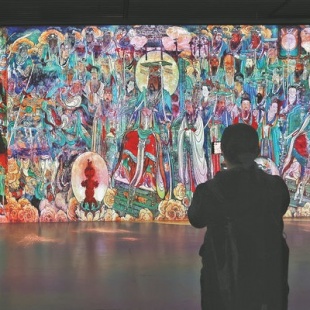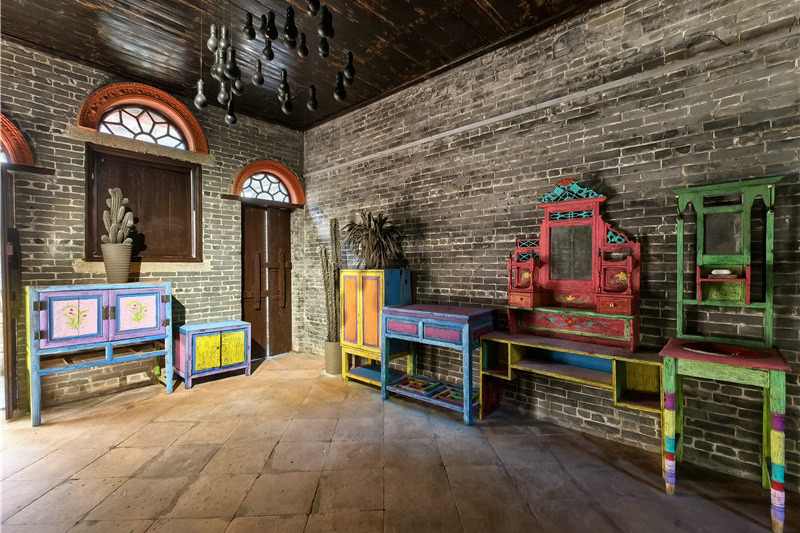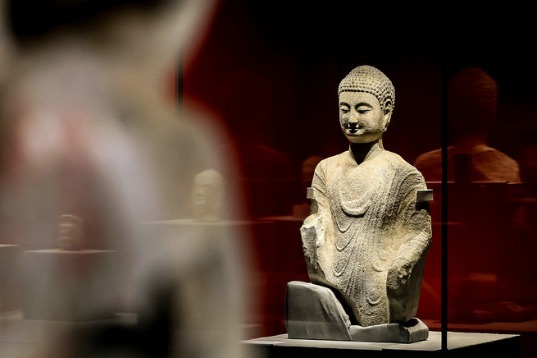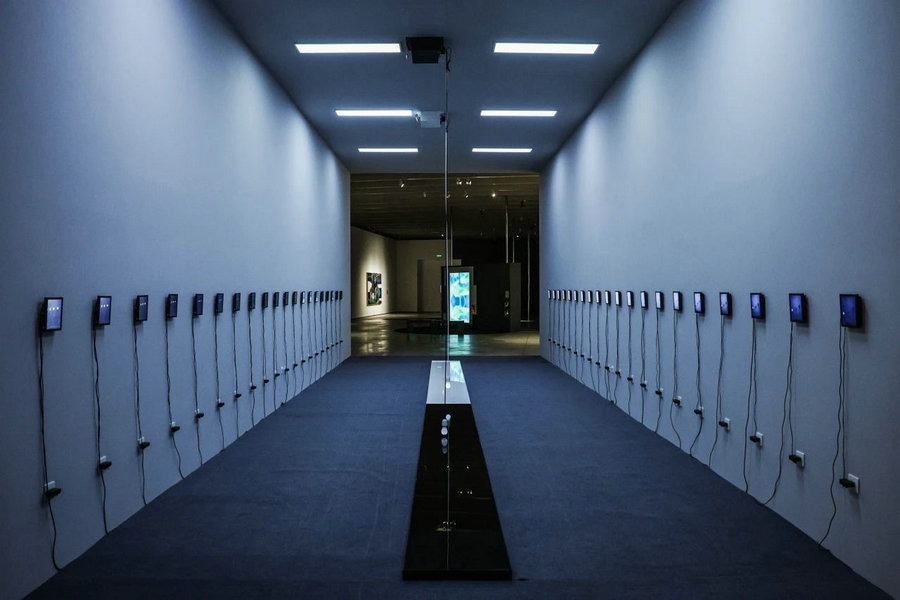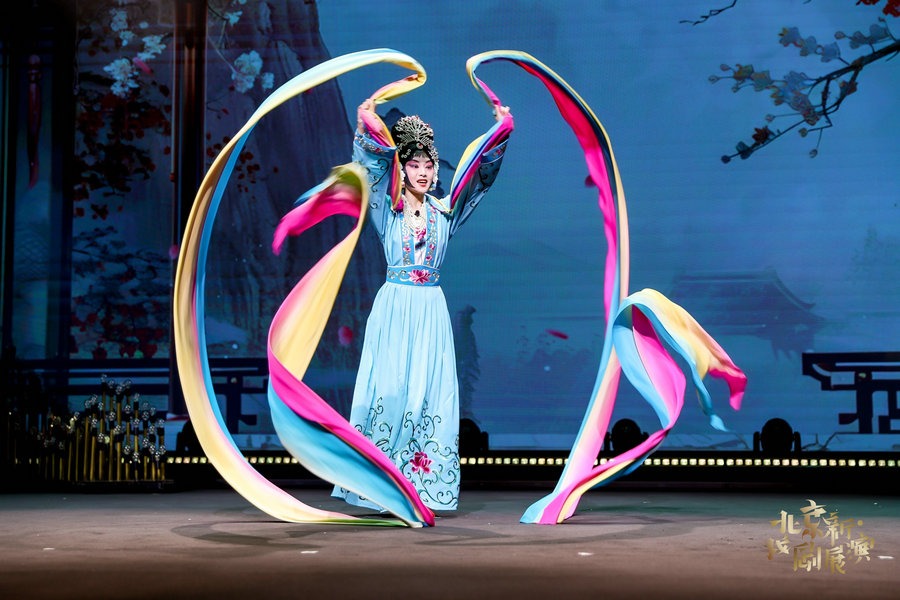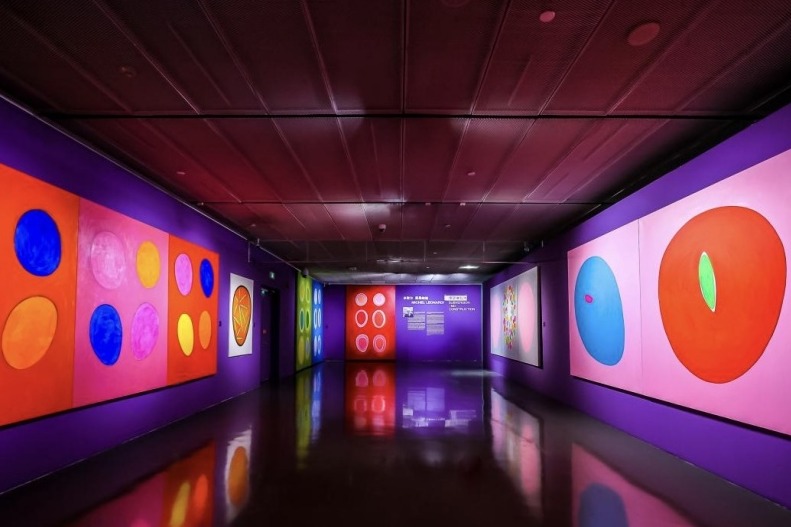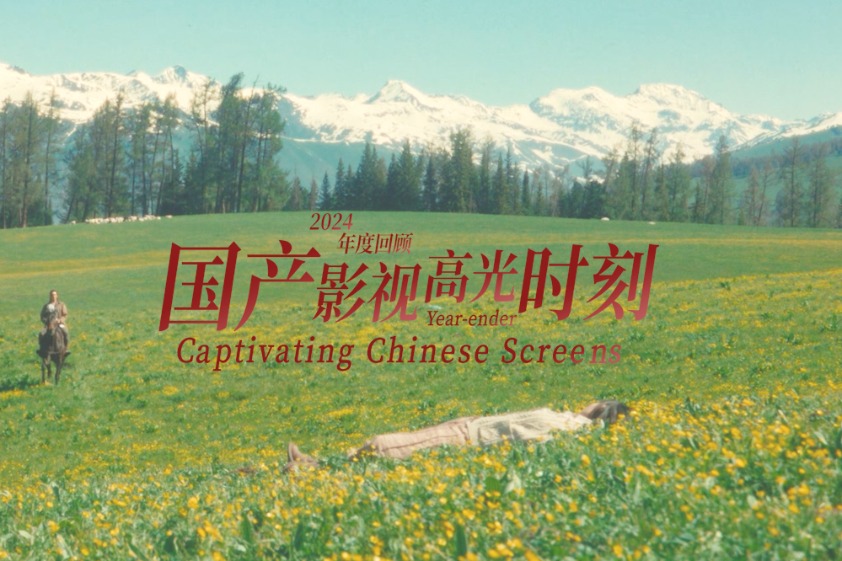Temple is immortal legacy of time
Exhibition gives Yongle Palace a new lease of life amid growing public interest in famous centuries-old complex, Wang Kaihao reports.

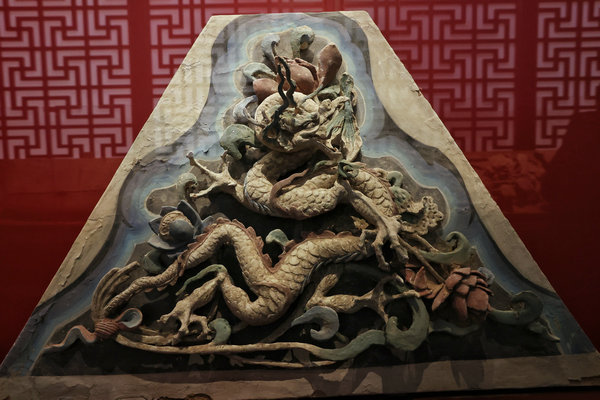
In 1961, Yongle Palace became one of 180 spots included in China's first list of cultural heritage sites under national-level key protection.
"Against all odds, the temple survives to this date," An says. "Not only the architecture, but also the relocation became a marvel."
Today, visitors can enjoy a closeup view of some Taoist murals and the entire glazed ridgepole with a pair of 3-meter-high chiwen, that was originally set on the roof of Sanqing Hall, the main building at the Yongle Palace.
Decades after they were removed from a wall, parts of the Ming Dynasty (1368-1644) mural Wu Long Peng Sheng ("five dragons surround Xuanwu god") have been pieced together to be exhibited for the first time.
In 2019, researchers began to intensively research documents and artifacts from the palace to prepare for exhibitions. Numerous artifacts, like the aforementioned Taoist certificate and sutra, emerged from the inventory.
For An, the 20,000-odd pages of detailed records about the relocation have also become precious artifacts.
"That's why we are also displaying digitized pages at the exhibition to remind people of this crucial episode in the past," he says.


